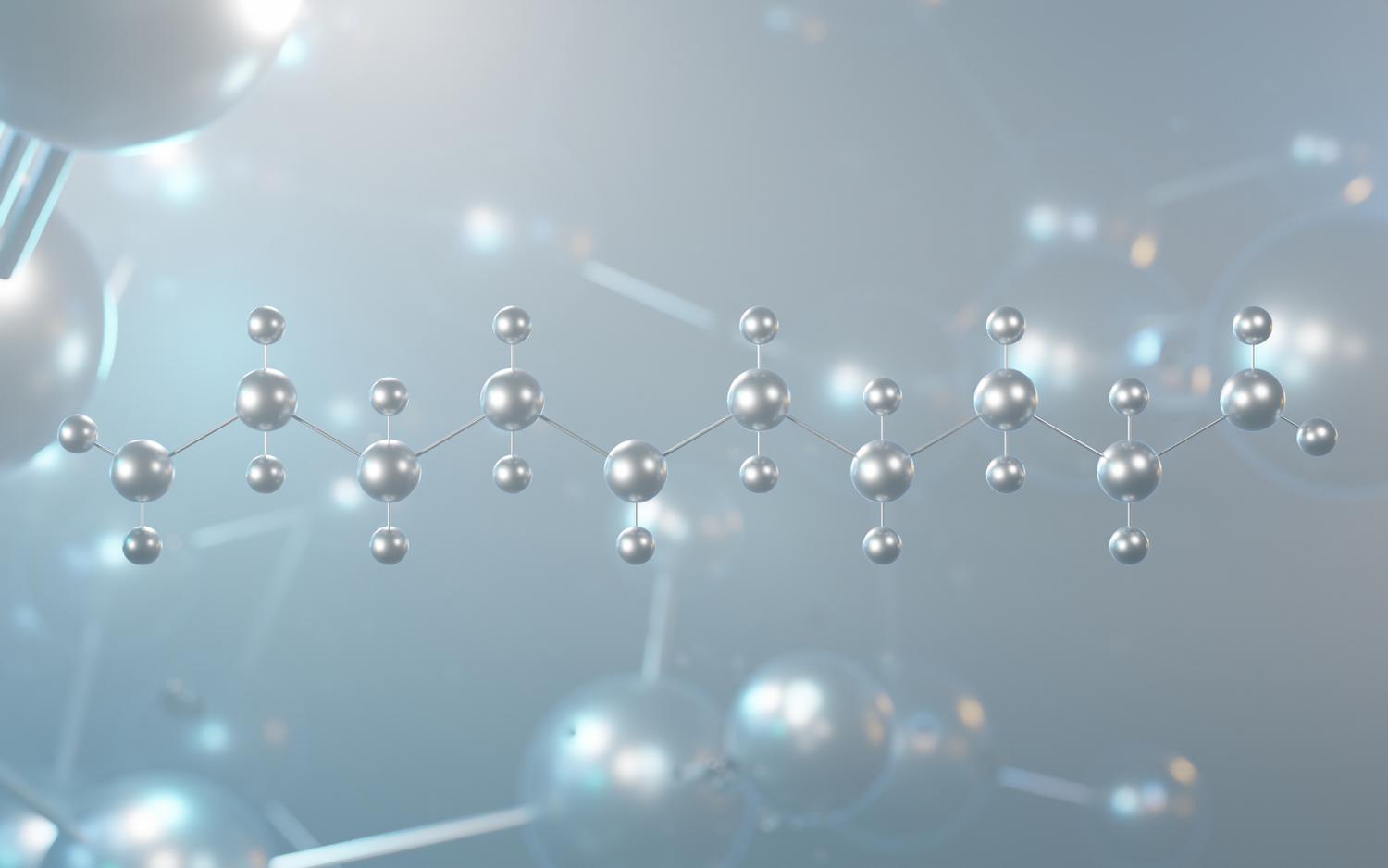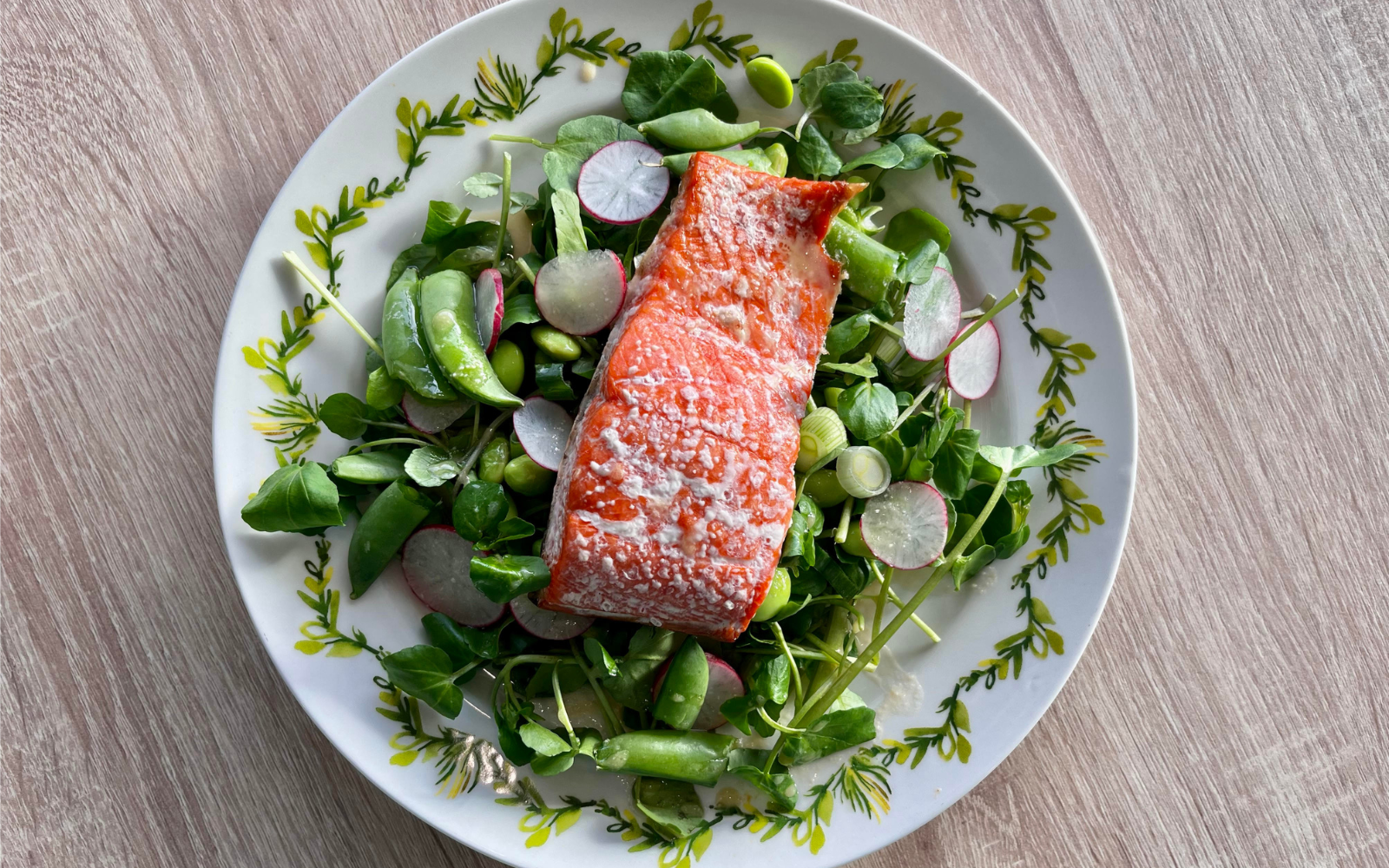You may have read the title of this blog and thought that it was about sperm, or that I wrote spermidine or spermine twice. The two words are nearly identical, but they are the names of two distinct molecules. As you’ve probably guessed by their names, they were originally found in sperm. Anton van Leeuwenhoek, the microscopy pioneer, described crystals in dried human semen in 1678, and named them spermine and spermidine.
Spermine, Spermidine & The Polyamine Salvage Pathway
Hundreds of years later, we know a bit more about these two molecules: They are two of a trio of molecules known as polyamines—organic compounds with two or more amino groups—found in the cells of all living organisms (not just sperm). The polyamines are, in order of the tightly regulated polyamine pathway, putrescine, spermidine and spermine. "It is understood that the functions of [polyamines] depend on the cellular concentration of each [polyamine]..." And, maintaining these concentrations is important for homeostasis.
To maintain these concentrations, the cell must be actively converting the polyamines up and down the pathway. On this pathway, putrescine is converted into spermidine by spermidine synthase, an enzyme, that adds a propylamine group. Spermidine is converted into spermine by spermine synthase, another enzyme, which adds another propylamine group. Different enzymes remove these propylamine groups to maintain particular levels of each polyamine.
It turns out that polyamines are ubiquitous because they play a key role in many important cellular processes—the list keeps growing!--including cell growth and division. They also help in transcription, translation, signaling, and post-translational modifications--that means they help to translate your DNA, the cell’s instructions, into proteins. They also have antioxidant and anti-inflammatory effects. Spermidine, particularly, is known to promote health and lifespan and supplementation with spermidine has been shown to improve or prolong the appearance of many age-related illnesses.
Polyamines In Food
The main sources of polyamines are endogenous—the cells and your gut microbiota produce them—and through your diet. Polyamines can be found in all types of foods in a wide range of concentrations. The main polyamine in plant-based products is spermidine, whereas spermine content is generally higher in animal-derived foods. Because endogenous polyamine levels are known to decline with age, levels can restored through diet and many studies have found that supplementing with polyamines, spermidine in particular, can have a multitude of health giving effects.
Passive polyamine intake by humans, the amount we would naturally eat, however, is highly variable among countries and national cuisines. Though no official recommendations for polyamine intake has been made, Atiya Ali et al proposed 540 μmol/day an intake of two or three times higher than even the highest intake countries. It is, therefore, unlikely that you’ll restore polyamine levels without attention, but the effort is worthwhile.
Which Foods Contain The Most Spermine And Spermidine?
The highest polyamine content can be found in foods like wheat germ, soybean, mushroom, and citrus foods. But supplementation can reach the desired levels most easily. Because of its known healthgiving effects, there are many spermidine supplements on the market. As a supplement producer, we know that quality and functionality of these supplements vary. We believe Primeadine is best because of its sourcing and manufacturing, we’d challenge anyone to have higher standards. And, finally, our spermidine supplement also includes spermine, because we know that no polyamine functions alone.
The next time you’re thinking about how to improve your health, we encourage you to consider supplementing with Primeadine. Your body will thank you (and you thought this blog was about sperm!).
References:




Leave a comment
All comments are moderated before being published.
This site is protected by reCAPTCHA and the Google Privacy Policy and Terms of Service apply.